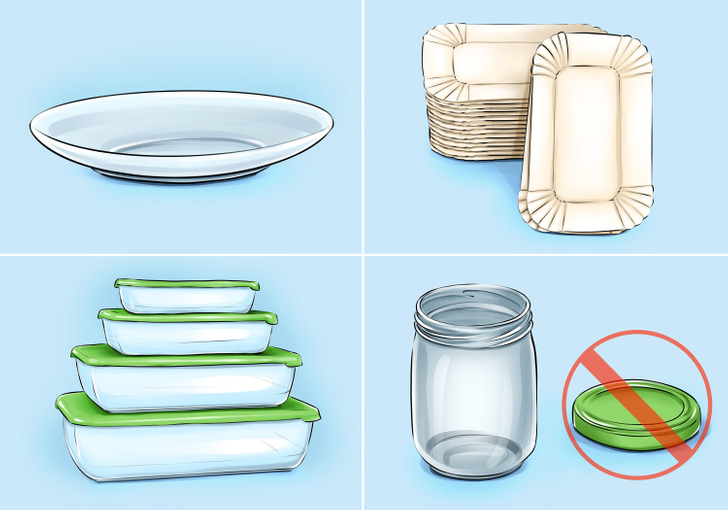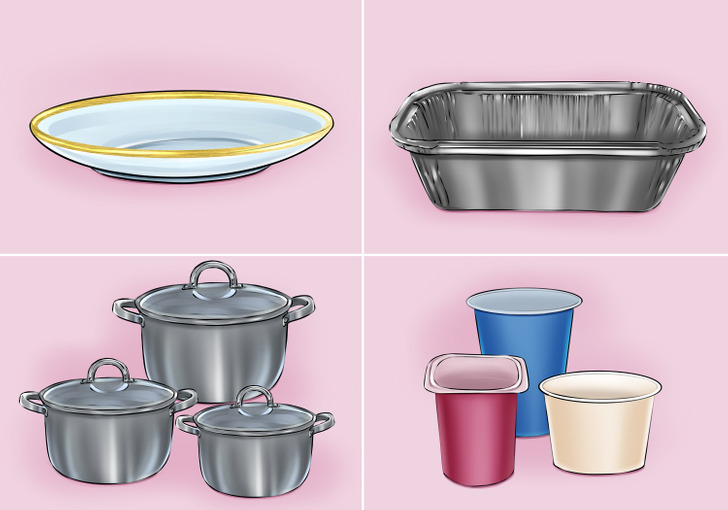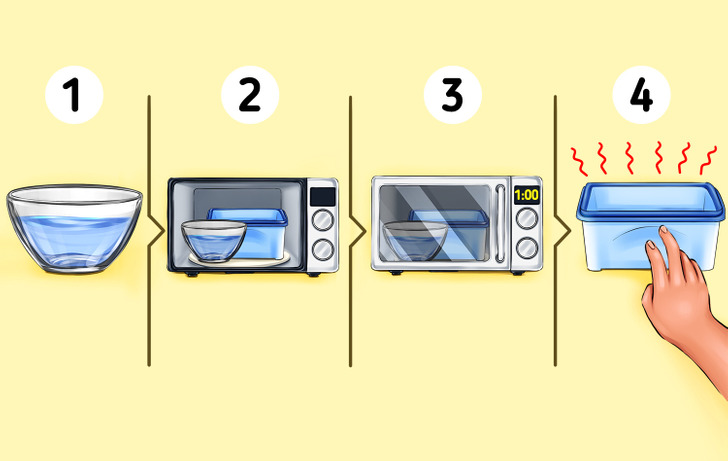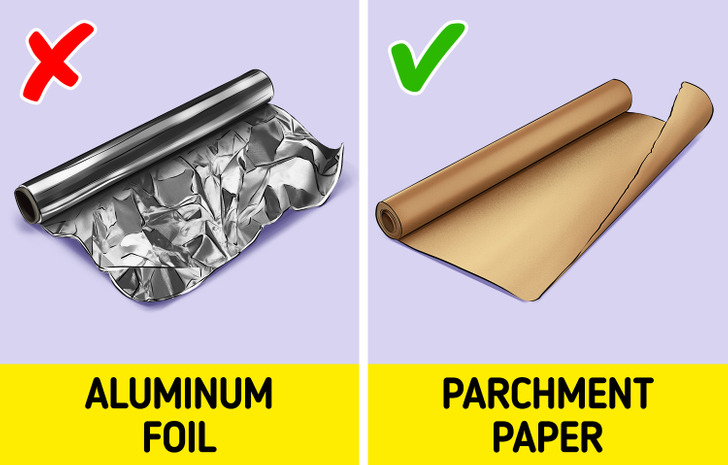What Dishes You Can and Can’t Put in a Microwave
It seems quite easy to find out whether a particular dish is microwave-safe or not — all you have to do is look at the label. Alas, not all plates, bowls, and food containers have this. And that’s why we decided to prepare a small guide for you.
5-Minute Crafts made a list of dishes that you can or can’t microwave. We will also tell you about how to identify if dishes are suitable for microwaving when they don’t have special labels.
Dishes that can be microwaved

The following dishes are microwave-safe:
- Dishes made of glass, ceramics, porcelain, or clay — they shouldn’t be cracked, chipped, or have metal decorative elements.
- Paper plates without metal decorations and plastic coating — be careful with recycled plates since they may contain impurities. You should carefully monitor the process of microwaving food in them.
- Dishes and containers made of durable plastic — not all types of plastic are safe to use in the microwave, so it’s highly recommended to look at the label and make sure the dish is safe to microwave.
- Glass jars should be used with caution. Most of them are not heat resistant and may break. Before putting a jar in the microwave, remove the lid and make sure that the jar doesn’t overheat.
Dishes that can’t be microwaved

The following dishes are not microwave-safe:
- Dishes with metal decorative elements — ones with gold, silver, or platinum bands will reflect microwave energy and may cause arcing.
- Aluminum trays may also cause arcing, so make sure to transfer food to a microwave-safe dish.
- Any metal utensils — in addition to being a fire hazard, metal will act as a barrier between the food and the microwave energy and won’t let the food get heated.
- Wooden utensils — when microwaved, wood dries out and can split or crack.
- Cardboard dishes — the material may contain adhesive, wax, and other substances that may be hazardous when microwaved. Some cardboard takeout boxes have metal handles or clasps that can cause arcing and present a fire hazard.
- Plastic foam containers — if exposed to high temperatures, the material may melt and contaminate the contents of the container.
- Disposable plastic containers, such as plastic containers used for yogurt, cottage cheese, and other foods are not microwave-safe.
- Old plastic containers can’t be microwaved, especially if they are cracked or discolored.
How to tell whether your dish can be microwaved

If you don’t know whether your dish or container can be microwaved, do a simple test.
- Fill a ceramic or sturdy glass bowl with cold water.
- Put it in the microwave on or next to the dish you want to test.
- Turn on the microwave for one minute on high.
- Open the microwave and check the dishes. If the water becomes warm or hot but the dishes remain cold, they can be microwaved. However, if they were also heated during the test, it’s not recommended to use them in the microwave.
If you can microwave aluminum foil

Small, smooth pieces of foil can be used to cover meat or poultry to keep them from overcooking. However, the foil must be at least 1 inch away from the walls of the microwave, otherwise arcing can occur. Additionally, food wrapped in aluminum foil may not cook or heat well in the microwave. After all, the foil will simply reflect microwaves instead of conducting heat.
You can use wax or parchment paper as an alternative to aluminum foil. You can also cover the food with a paper towel or napkin if you want to protect it from splatters.
You can also microwave oven-cooking bags, but only if the manufacturer’s instructions say so. Never use metal ties or clips to secure the bags and be sure to make slits to allow steam to escape.